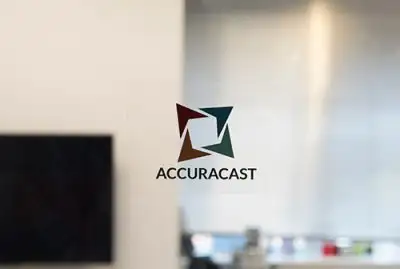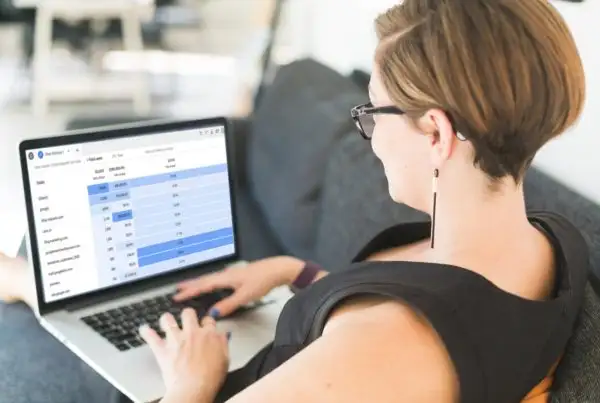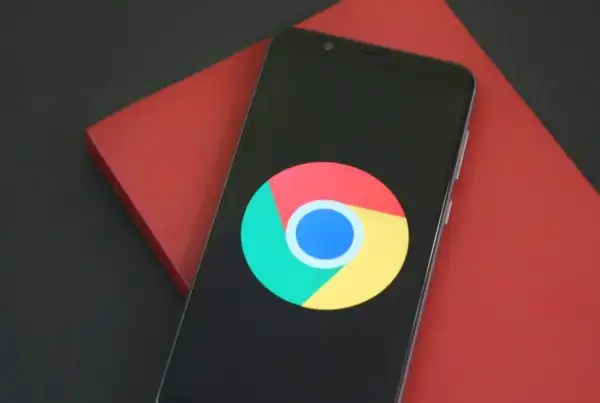A new search feature called Place Search was introduced by Google last week. After a rather unobtrusive start, local search is now looking like it might drastically change the presentation of results for organic search. Is this being done at the expense of other search services?
These new Place Search results will be shown automatically when Google is able to gauge that a local search is being carried out. If that does not happen the user can use the ‘Places’ link in the left hand panel of the search results page.
Place Search groups together search results around a given location. The results are marked with red pins on a map in the right-hand column, where traditionally the 4th-6th sponsored links were placed. The listings are also accompanied by a snippet that can include a 2-line description, the business logo, address, phone number, ratings stars and links to reviews and the official Place Page.
Google Web search with Place listings
Certain search queries deliver a results page that contains a number of Place listings followed by just three organic search results. Others follow the older format of a map with up to 10 local listings followed by the usual 10 organic search results.
The update will show users between 30 to 40 links on a single page, saving time for the user but making the search results page busier and perhaps full of too many options and too many different logos and colours fighting for attention. This is quite a stark contrast to the early days of Google when simplicity was key to success.
Google also rolled out an ad service that will help small and medium sized businesses in particular. The new ad service, called ‘Boost’, allows businesses to place local business ads and show up when users conduct local searches in their specific business category. Place Search and Boost work well in conjunction with each other to help users as well as advertisers.
It has been estimated that over 20% of searches on Google are related to location. It makes sense for Google to pay attention to this corner of its market and to improve services there. What is surprising, though, is that rather than introducing business logos, images and videos in the sponsored links, they’ve chosen to draw attention back to organic search results and even pushed sponsored links below the fold on the right-hand side of the page.










